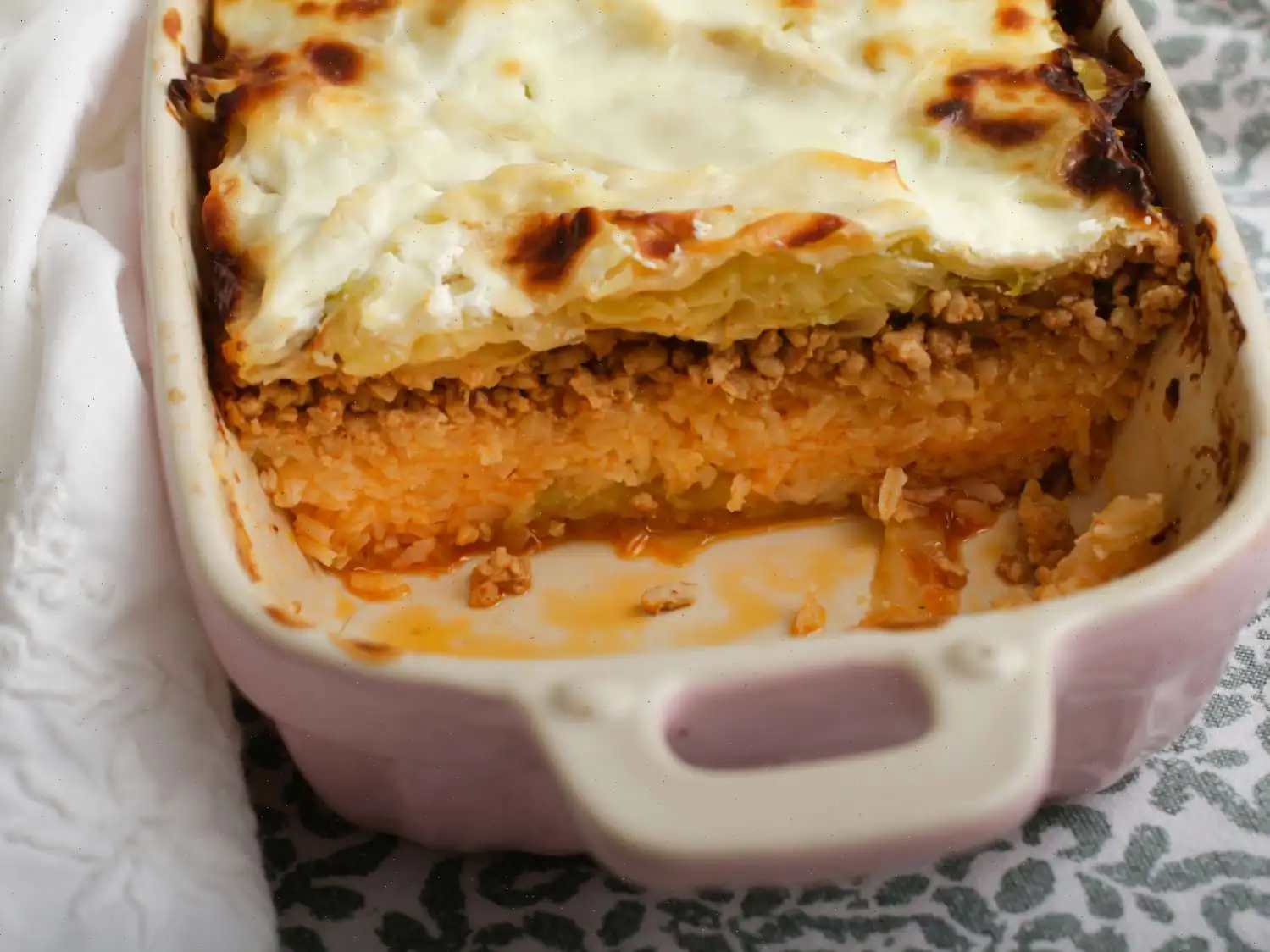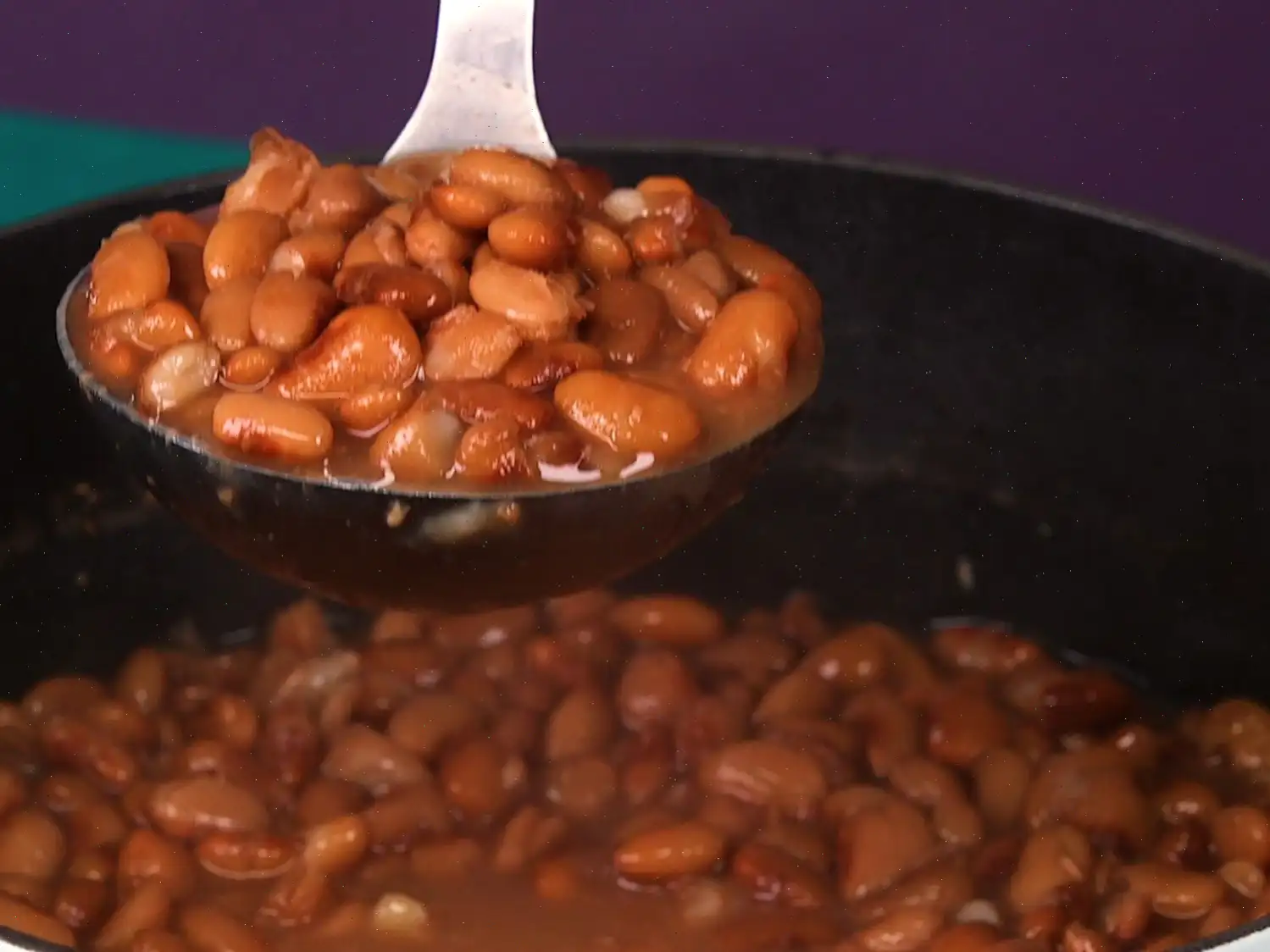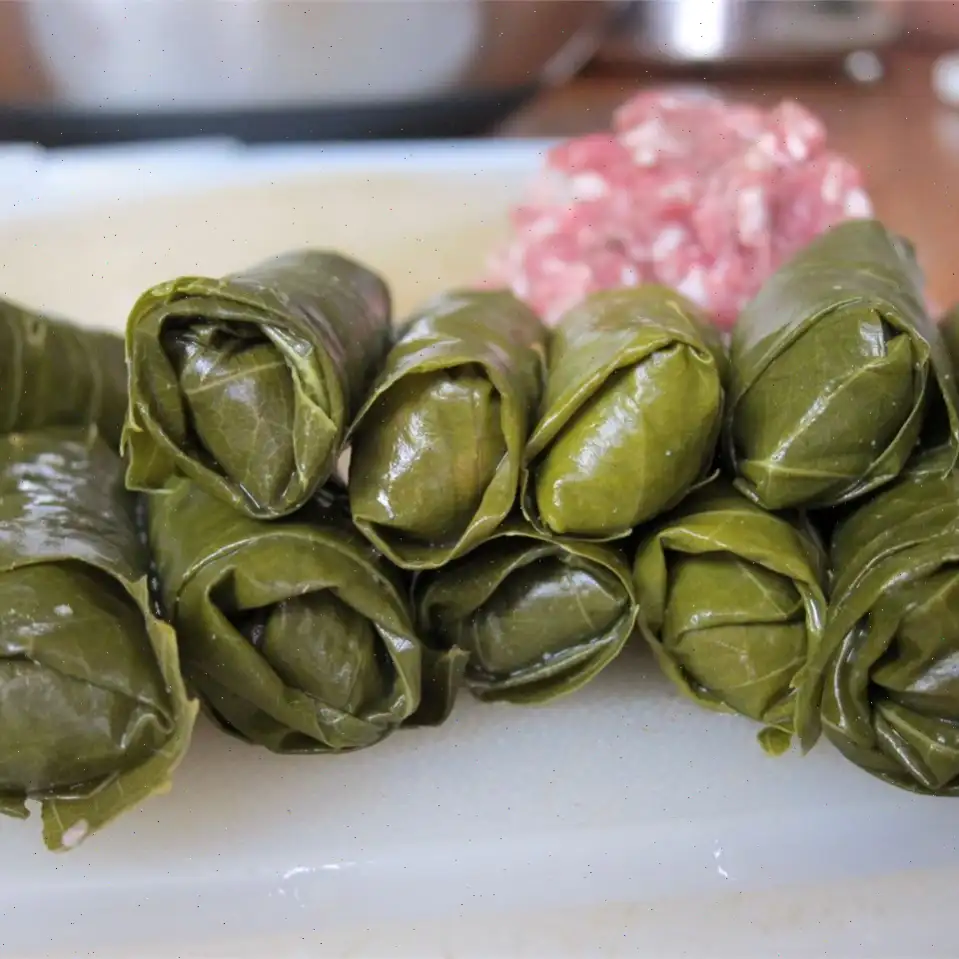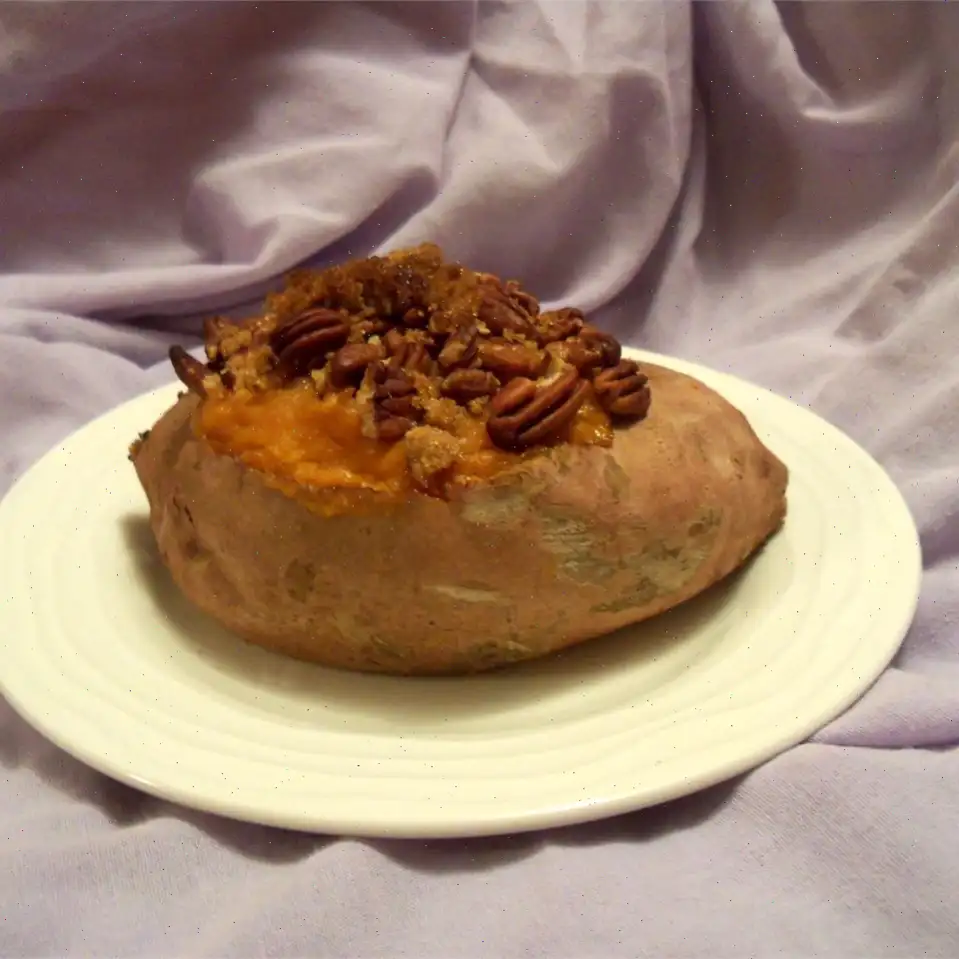
Hungarian Layered Cabbage Recipe
Ingredients
- 1 large head Savoy cabbage
- 1 tablespoon vegetable oil
- 1 red onion, diced
- 1 large clove garlic, minced (or more to taste)
- Salt and freshly ground black pepper to taste
- 1 pound ground pork
- 1 tablespoon sweet paprika
- 1/3 cup water
- 1 teaspoon vegetable oil
- 3/4 cup uncooked white rice
- 1 cups water
- 2 cups sour cream
Directions
Step 1: Separate the cabbage leaves carefully, rinse them, and cut out the tough ribs by slicing along the center of each leaf with a sharp knife. Discard the ribs.
Step 2: Bring a large pot of salted water to a boil. Add the cabbage leaves and cook for 15 to 20 minutes, until tender. Drain and set aside.
Step 3: Preheat your oven to 350F (180C). Grease an 8x11-inch baking dish and set it aside.
Step 4: In a skillet, heat 1 tablespoon of vegetable oil over low heat. Add the diced onion, minced garlic, and a pinch of salt. Cook for about 3 minutes, stirring occasionally, until the onions become soft and translucent.
Step 5: Add the ground pork to the skillet. Season with paprika, salt, and pepper. Cook, stirring frequently, for about 5 minutes until the pork is browned and cooked through.
Step 6: Pour in 1/3 cup of water, cover the skillet, and let it simmer for 15 to 20 minutes, until most of the liquid evaporates and the pork mixture is thickened.
Step 7: In another saucepan, heat 1 teaspoon of vegetable oil over medium heat. Add the rice and toast it, stirring constantly, for about 1 minute until the grains become shiny.
Step 8: Add 1 cups of water and a pinch of salt to the rice. Bring to a boil, cover the pot, and reduce the heat to low. Cook for 15 to 20 minutes, until the rice is tender and all the water is absorbed. Remove from heat.
Step 9: Line the bottom of the prepared baking dish with half of the cooked cabbage leaves. Spread half of the cooked rice over the cabbage, then layer with half of the cooked meat mixture.
Step 10: Add another layer of half of the remaining cabbage leaves, followed by the remaining rice and meat. Top with the last layer of cabbage leaves.
Step 11: Spread the sour cream evenly over the top of the casserole.
Step 12: Bake in the preheated oven for 30 to 35 minutes, until the casserole is heated through and the sour cream starts to lightly brown on top.
Nutrition Facts (per serving)
- Calories: 817
- Total Fat: 51g (65% Daily Value)
- Saturated Fat: 21g (106% Daily Value)
- Cholesterol: 174mg (58% Daily Value)
- Sodium: 186mg (8% Daily Value)
- Total Carbohydrate: 53g (19% Daily Value)
- Dietary Fiber: 8g (29% Daily Value)
- Total Sugars: 5g
- Protein: 40g (79% Daily Value)
- Vitamin C: 47mg (52% Daily Value)
- Calcium: 234mg (18% Daily Value)
- Iron: 3mg (18% Daily Value)
- Potassium: 1136mg (24% Daily Value)
* Percent Daily Values are based on a 2,000 calorie diet. Your daily values may be higher or lower depending on your calorie needs.
** Nutrient information is not available for all ingredients. Amount is based on available nutrient data.

History and Origins
The Hungarian Layered Cabbage, known as "Rakott Kposzta," is a beloved dish in Hungary that has its roots deeply embedded in the country's rural traditions. The recipe has been passed down through generations, often served in Hungarian homes during the colder months. The dish combines simple, hearty ingredients such as pork, rice, cabbage, and sour cream. Its origins date back to times when cabbage and pork were affordable and easily available, making them a staple of Hungarian cuisine. This dish showcases the country's love for layered casseroles, which are both filling and satisfying. It has also been adapted in various ways throughout Hungary, with each region adding its twist.
Regional Variations
While the basic components of Hungarian Layered Cabbage are consistent, regional variations abound. For example, in some areas, the use of smoked meat or bacon is incorporated to enhance the flavor, while in others, the dish may be made with sauerkraut instead of fresh cabbage for an added tang. The region of Transylvania, which is heavily influenced by Hungarian and Romanian cultures, often serves a variation that includes an extra layer of cheese, making the dish even richer. The choice of rice can also vary, with some regions opting for different varieties that best complement the local taste.
How It Differs from Similar Dishes
Hungarian Layered Cabbage is often compared to other Eastern European layered dishes, such as the Polish "Gobki" (stuffed cabbage rolls) or the Russian "Shchi" (cabbage soup). However, what sets Rakott Kposzta apart is its casserole-style preparation, where layers of cabbage, pork, rice, and sour cream are baked together. In contrast, Gobki consists of stuffed cabbage rolls, which are boiled and usually served with a tomato-based sauce. Rakott Kposzta is more of a baked, layered casserole, creating a rich, comforting texture with a blend of flavors melded during the cooking process.
Where It Is Typically Served
This dish is typically served as a main course during lunch or dinner. In Hungary, it is often enjoyed during family gatherings, holiday celebrations, or as a comforting meal on a chilly day. It is especially popular in the colder months, providing warmth and sustenance after a long day. In some parts of Hungary, Rakott Kposzta is also served during festive occasions such as Christmas and New Years, where it is made in large portions to serve many guests. Outside of Hungary, you can find it in Hungarian restaurants or as part of the menu at Eastern European-themed eateries.
Interesting Facts
- The dish is often prepared in large quantities to feed multiple people, making it perfect for family gatherings or potlucks.
- In traditional Hungarian cuisine, paprika, a spice that is synonymous with Hungarian food, plays a key role in flavoring the meat in Rakott Kposzta. It provides a smoky, slightly sweet depth of flavor.
- It is said that Rakott Kposzta tastes even better the next day, after the flavors have had time to meld together. This makes it a popular dish for leftovers.
- The dish is often paired with a dollop of sour cream, which adds a creamy texture and balances the savory flavors of the pork and cabbage.
Conclusion
Hungarian Layered Cabbage is more than just a meal; it is a comforting piece of Hungarian culinary tradition. With its roots in rural Hungary and its ability to bring people together over a shared table, this dish exemplifies the heart of Eastern European comfort food. Whether enjoyed during a holiday feast or as a weeknight dinner, its hearty and flavorful layers are sure to satisfy. Its regional variations and rich history make it a unique part of Hungary's culinary legacy, one that continues to delight both locals and those lucky enough to experience it around the world.
You can listen to this recipe in AI audio format. Simply click the play button below to listen to the content in a format that suits you best. It’s a great way to absorb information on the go!
FAQ about Hungarian Layered Cabbage Recipe
Comments
Patricia Thomas
02/15/2024 05:04:14 PM
I made some adjustments to the recipe. I sautéed the cabbage in oil, layered it with cheese, and included freshly diced tomatoes to the onion and garlic mix while cooking. The dish had excellent flavor, and I will certainly recreate it in the future.








